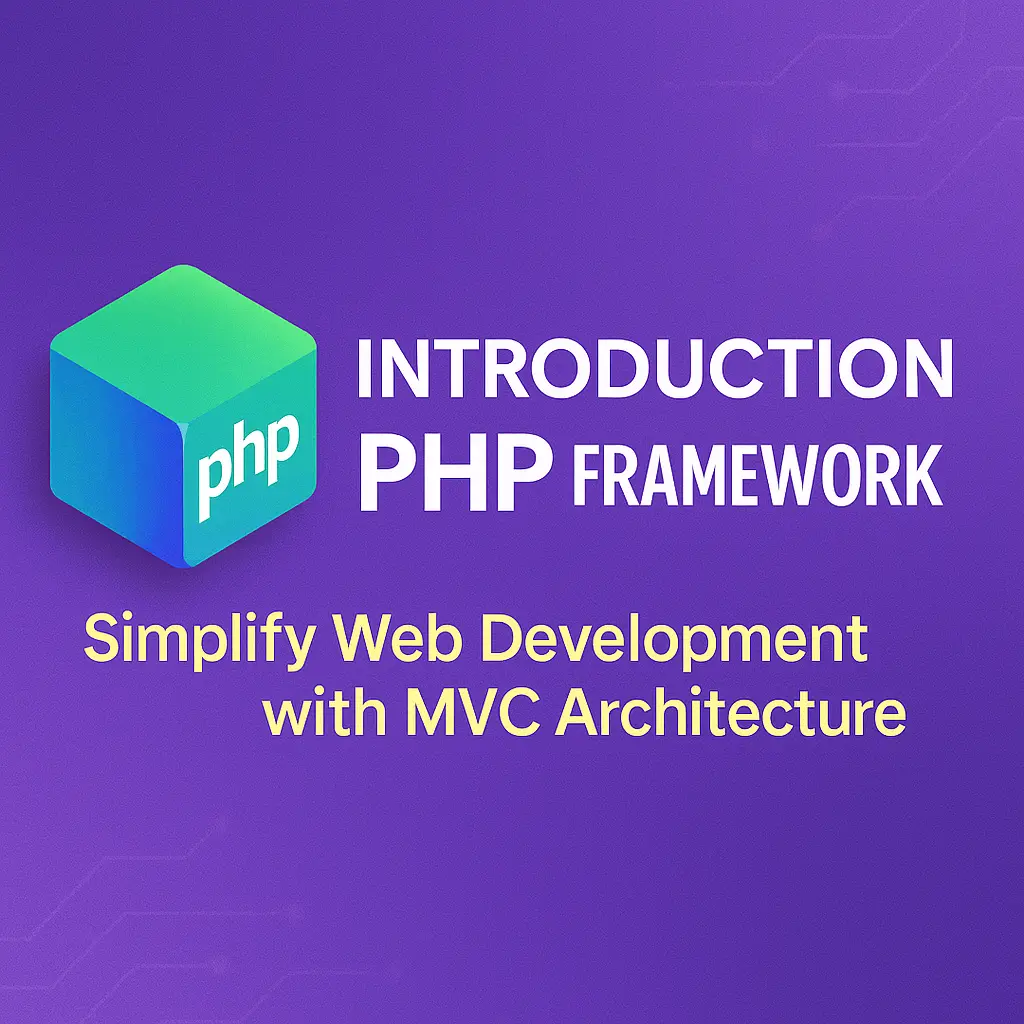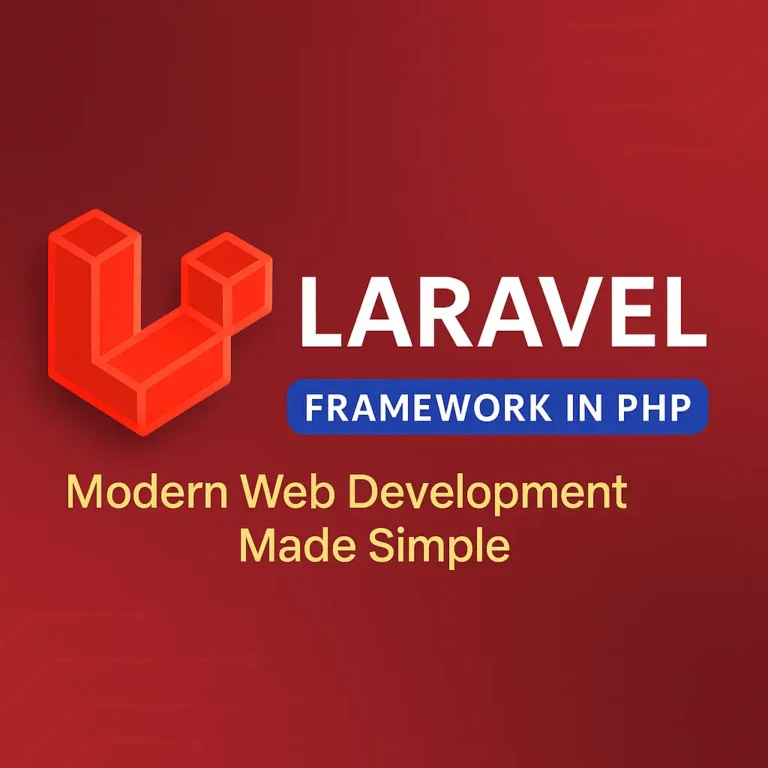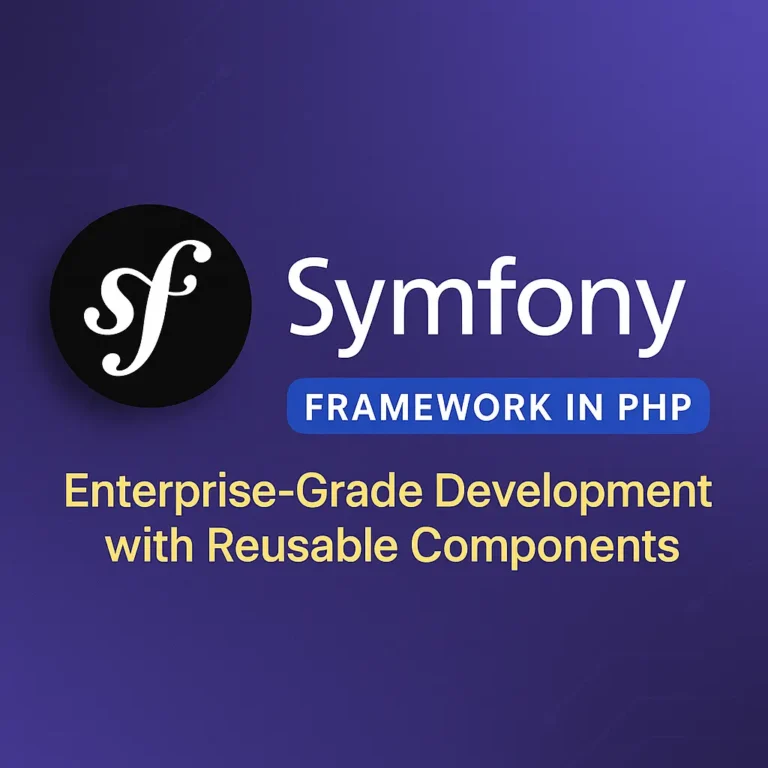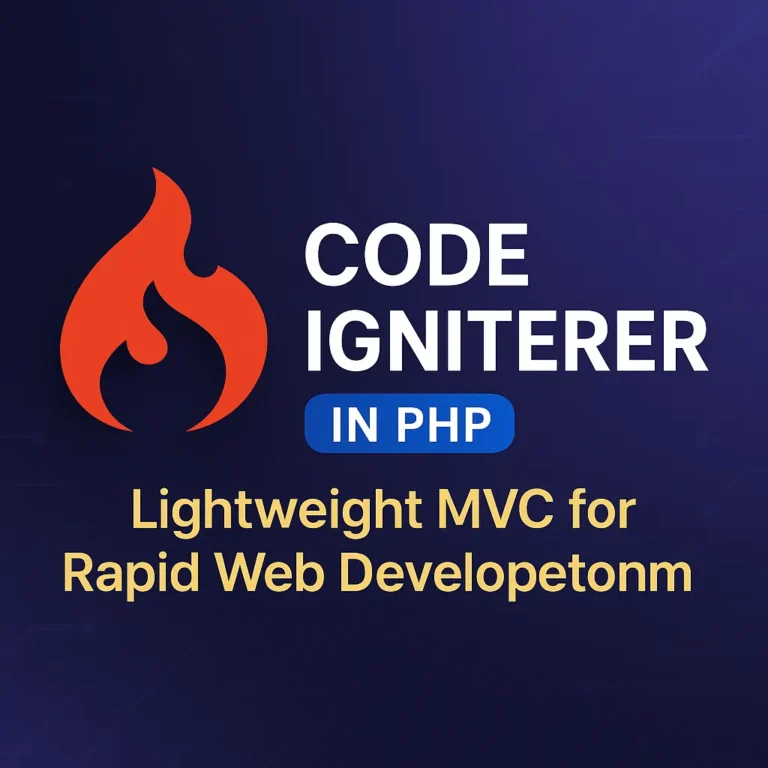These frameworks provide a structured foundation for building robust web applications, offering pre-built modules, libraries, and tools.
This article will provide an overview of PHP frameworks, discuss their benefits, and guide you on how to choose the right framework for your project.
Overview of PHP Frameworks
PHP frameworks are designed to simplify the web development process by providing a consistent structure for building applications. They help developers avoid repetitive coding tasks, enforce best practices, and ensure application security. Some of the most popular PHP frameworks include:
Laravel
Symfony
CodeIgniter
Zend Framework (Laminas)
Yii
Phalcon
Slim
Laravel
Laravel is a highly popular PHP framework known for its elegant syntax, extensive documentation, and vibrant ecosystem. It follows the Model-View-Controller (MVC) architecture and offers a wide range of features, including:
Eloquent ORM for database interactions
Blade templating engine
Artisan command-line tool
Built-in authentication and authorization
Queue management
Example of a simple route in Laravel:
// routes/web.php
use Illuminate\Support\Facades\Route;
Route::get('/', function () {
return view('welcome');
});
Symfony
Symfony is a flexible and powerful PHP framework that provides reusable PHP components and a robust MVC architecture. It is widely used for building complex and high-performance web applications. Key features include:
Reusable components (e.g., Twig templating, Doctrine ORM)
Flexibility and scalability
Strong community support
Detailed documentation
Example of a simple route in Symfony:
// src/Controller/DefaultController.php
namespace App\Controller;
use Symfony\Bundle\FrameworkBundle\Controller\AbstractController;
use Symfony\Component\HttpFoundation\Response;
use Symfony\Component\Routing\Annotation\Route;
class DefaultController extends AbstractController
{
/**
* @Route("/", name="home")
*/
public function index(): Response
{
return new Response('Welcome to Symfony!');
}
}
CodeIgniter
CodeIgniter is a lightweight PHP framework known for its simplicity and speed. It is suitable for developers who need a minimalistic framework with low learning curve. Key features include:
Small footprint
Simple installation
Clear documentation
Performance-oriented
Example of a simple route in CodeIgniter:
// application/controllers/Welcome.php
class Welcome extends CI_Controller {
public function index() {
$this->load->view('welcome_message');
}
}
Zend Framework (Laminas)
Zend Framework, now known as Laminas, is a powerful PHP framework aimed at enterprise-level applications. It is designed with performance, security, and extensibility in mind. Key features include:
Modular architecture
Extensive documentation
Strong security features
Large collection of components
Example of a simple route in Zend Framework:
// module/Application/src/Controller/IndexController.php
namespace Application\Controller;
use Laminas\Mvc\Controller\AbstractActionController;
use Laminas\View\Model\ViewModel;
class IndexController extends AbstractActionController {
public function indexAction() {
return new ViewModel();
}
}
Yii
Yii is a high-performance PHP framework best suited for developing large-scale applications. It is known for its robustness, security features, and performance optimization. Key features include:
MVC architecture
Code generation tools (Gii)
Data validation and security features
Caching support
Example of a simple route in Yii:
// controllers/SiteController.php
namespace app\controllers;
use yii\web\Controller;
class SiteController extends Controller {
public function actionIndex() {
return $this->render('index');
}
}
Phalcon
Phalcon is a unique PHP framework implemented as a C extension, which makes it incredibly fast. It is designed for developers who require high performance and low overhead. Key features include:
High performance
Low resource usage
MVC architecture
Volt templating engine
Example of a simple route in Phalcon:
// app/controllers/IndexController.php
use Phalcon\Mvc\Controller;
class IndexController extends Controller {
public function indexAction() {
echo 'Welcome to Phalcon!';
}
}
Slim
Slim is a micro-framework for PHP, designed to build small, fast web applications and APIs. It is lightweight and easy to use, making it ideal for projects that do not require a full-stack framework. Key features include:
Minimalistic design
Middleware support
HTTP router
Dependency injection
Example of a simple route in Slim:
// index.php
use Psr\Http\Message\ResponseInterface as Response;
use Psr\Http\Message\ServerRequestInterface as Request;
use Slim\Factory\AppFactory;
require __DIR__ . '/vendor/autoload.php';
$app = AppFactory::create();
$app->get('/', function (Request $request, Response $response, $args) {
$response->getBody()->write("Hello, Slim!");
return $response;
});
$app->run();
Choosing the Right Framework
Selecting the right PHP framework for your project depends on several factors, including your project requirements, team expertise, and long-term goals. Here are some considerations to help you choose the right framework:
1. Project Requirements
Consider the specific needs of your project. For example, if you are building a small application or API, a micro-framework like Slim might be more appropriate. For large-scale enterprise applications, you might prefer a robust framework like Symfony or Laravel.
2. Learning Curve
Evaluate the learning curve associated with each framework. Some frameworks, like CodeIgniter and Slim, are easier to learn and might be suitable for beginners or small teams. Others, like Symfony and Zend Framework, offer more features but may require more time to master.
3. Performance
Performance is a critical factor, especially for high-traffic applications. Phalcon is known for its performance due to its C-based implementation. Evaluate the performance benchmarks and choose a framework that meets your performance needs.
4. Community and Support
A strong community and good support are essential for long-term project sustainability. Laravel and Symfony have large, active communities and extensive documentation. Check the availability of community support, forums, and third-party packages.
5. Extensibility
Consider how easily you can extend the framework to meet future requirements. Frameworks like Laravel and Symfony are highly extensible, allowing you to add custom functionality as needed.
6. Built-in Features
Review the built-in features of each framework. For example, Laravel offers built-in authentication, ORM, and queue management. Symfony provides reusable components that can be used in various parts of your application. Choose a framework that offers the features you need out of the box.
7. Ecosystem
A vibrant ecosystem can significantly speed up development. Laravel, for instance, has a rich ecosystem with packages like Laravel Nova (admin panel), Laravel Passport (API authentication), and Laravel Horizon (queue management). Consider the availability of third-party packages and tools when selecting a framework.
8. Security
Security is paramount in web development. Evaluate the security features provided by each framework, such as protection against SQL injection, cross-site scripting (XSS), and cross-site request forgery (CSRF). Frameworks like Symfony and Laravel offer robust security features.
9. Testing
Testing is crucial for maintaining code quality. Look for frameworks with built-in testing support. Laravel, for example, includes PHPUnit for unit testing and has a built-in testing suite for browser testing.
Conclusion
Choosing the right PHP framework can significantly impact your development process and the success of your project. By understanding the strengths and weaknesses of each framework, you can make an informed decision that aligns with your project requirements and team capabilities. Whether you opt for the feature-rich Laravel, the robust Symfony, the lightweight Slim, or any other PHP framework, the key is to choose one that enhances your development workflow and meets your long-term goals.






